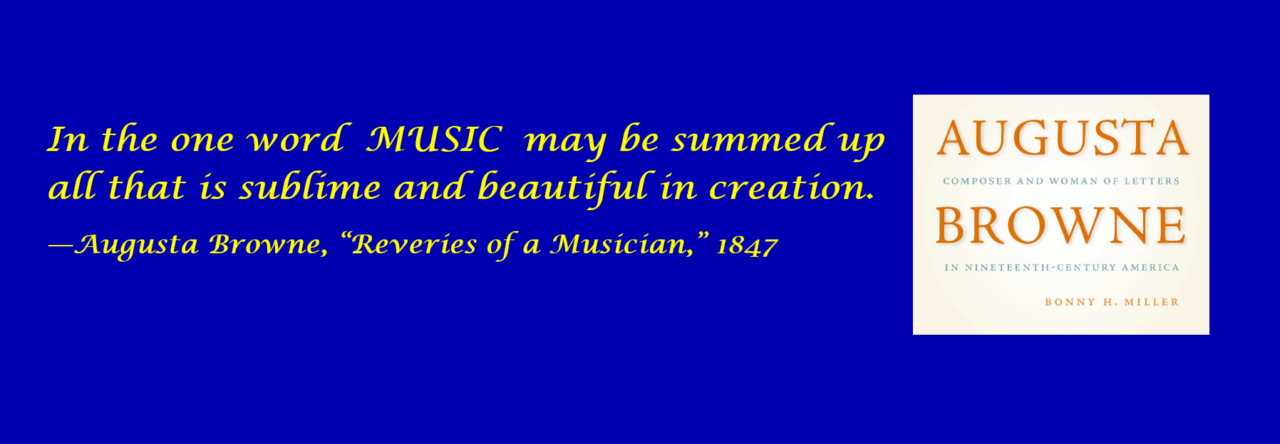
The opening pages of the Iris Souvenir for 1851 glow with golds, reds, and greens. The hues of the new gift book competed with the flower that gave the volume its name, asserted the editor, John S. Hart, in the preface to the volume. Gift books were anthologies of light fiction, poems, and essays for the Victorian-era home. Elegant illustrations and bindings made these gift books the equivalent of modern coffee table books. The Iris made a splash by including scenes produced with an early color printing process: chromolithography.
Title page of The Iris: An Illuminated Souvenir for MDCCCLI (Philadelphia: Lipincott, Grambo, 1851)
Eight of the Iris illustrations were line engravings in black and white, but Hart declared, “the four illuminated pages are printed each with ten different colors, and with a degree of brilliancy and finish certainly not heretofore surpassed.” The title page of the volume (ab0ve) is a riot of colors, flowers, and cherubs at play beneath a rainbow. Deep purple-blue is reserved for the sprigs of iris on the title page and again adorning the music for “The Iris Waltz Composed by Miss Augusta Browne” (below).
